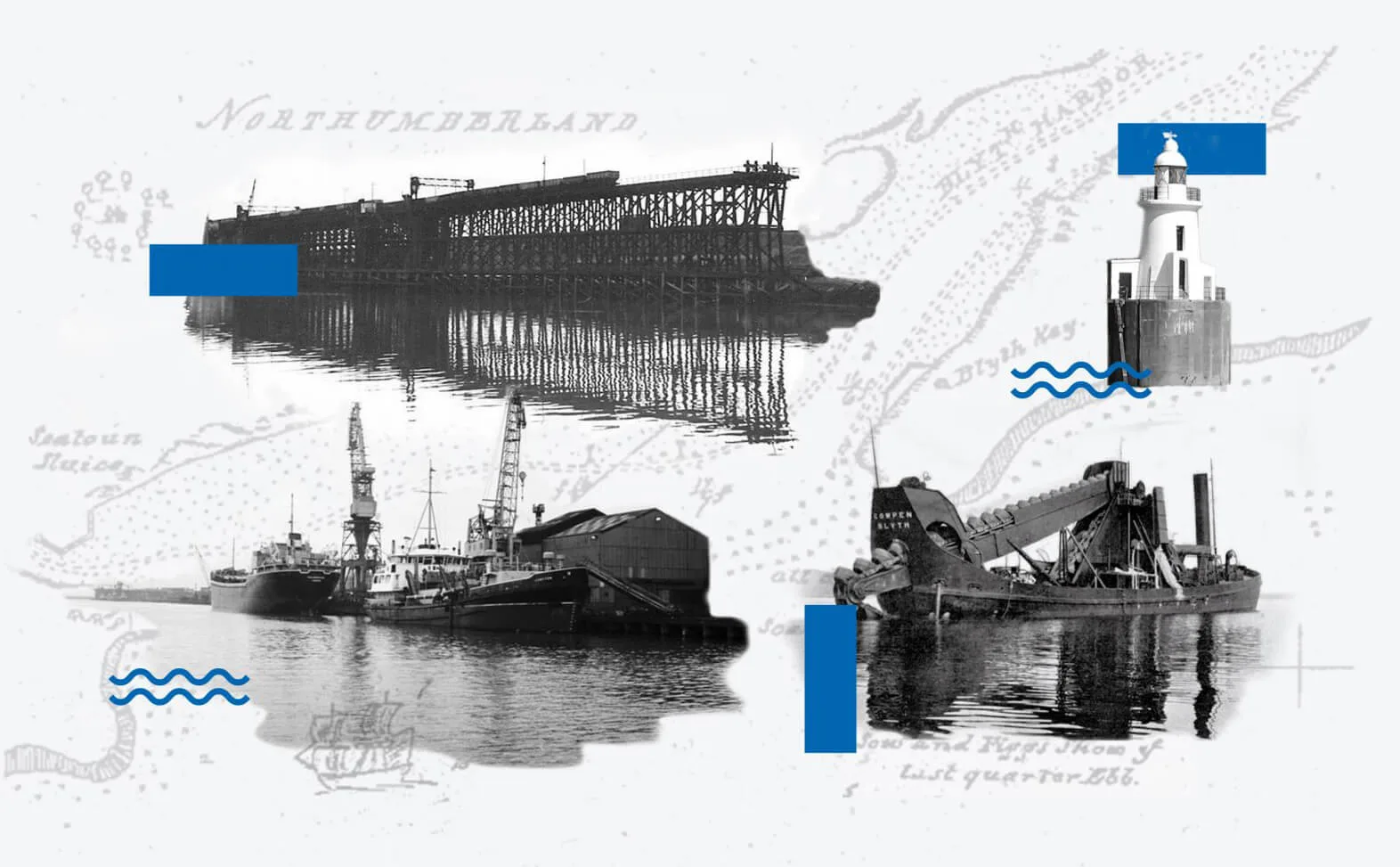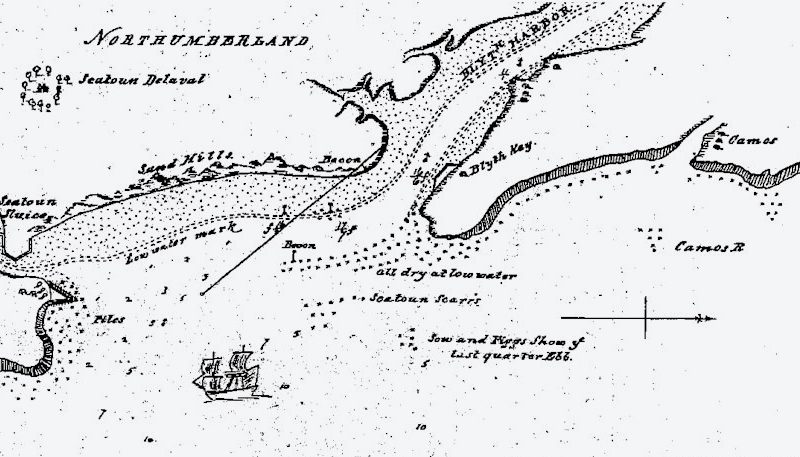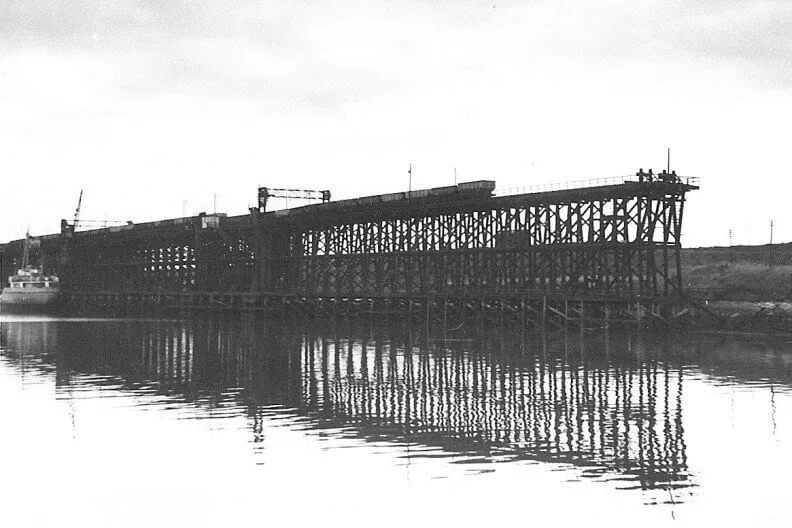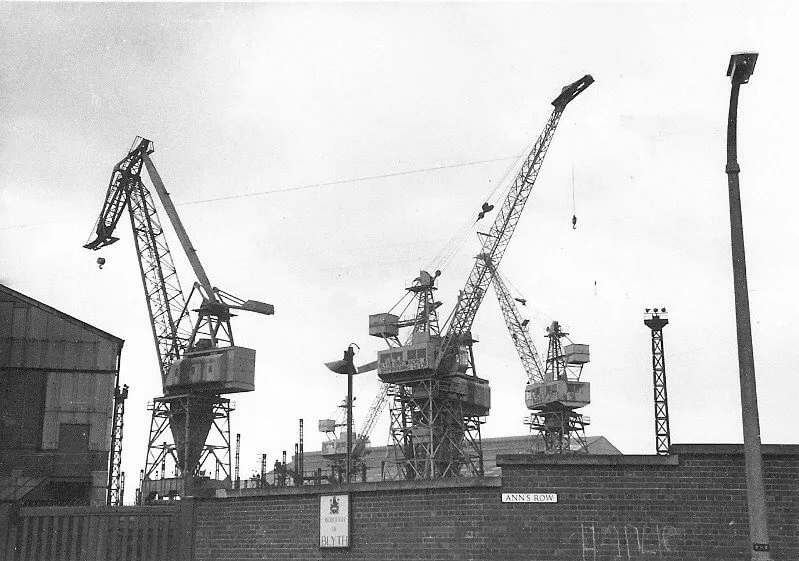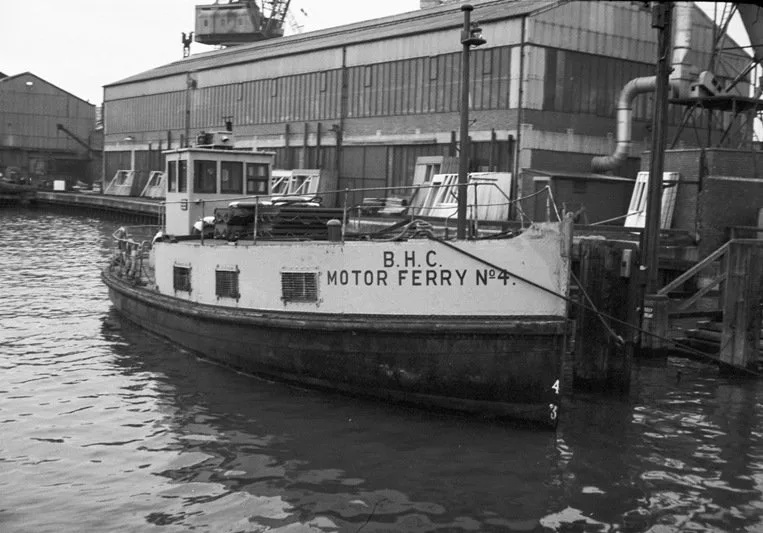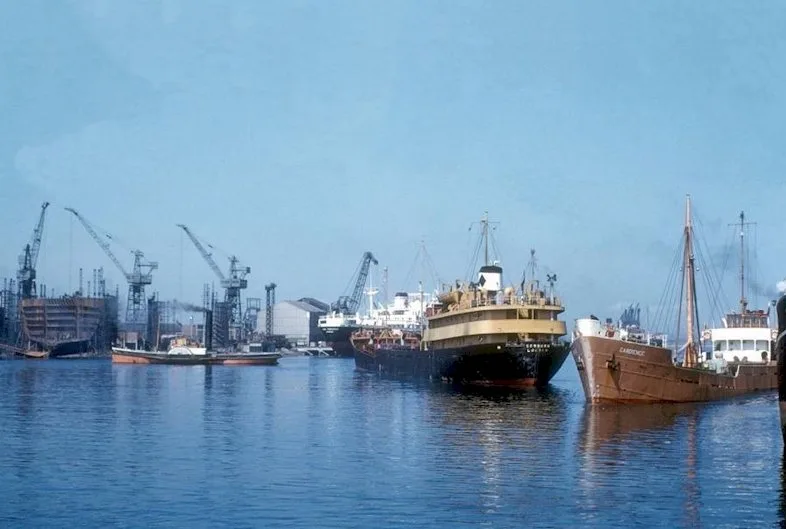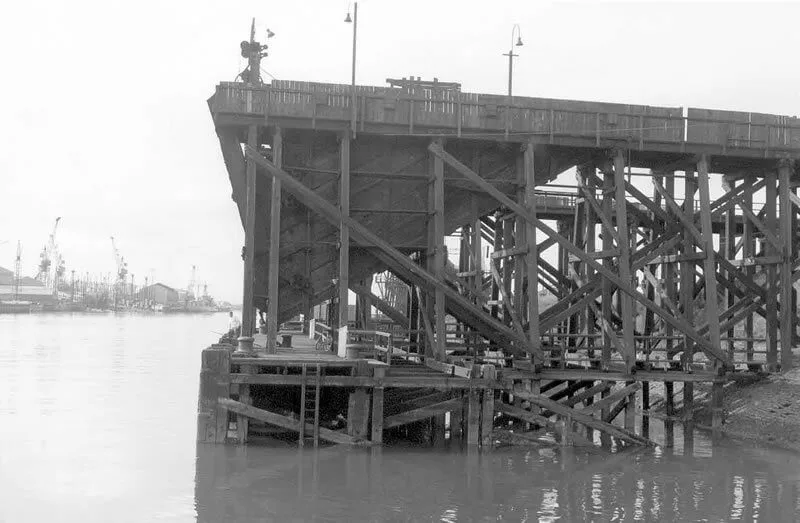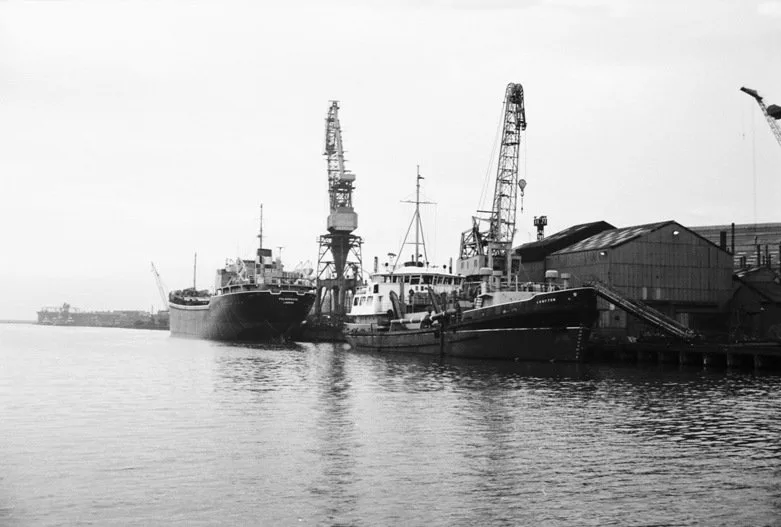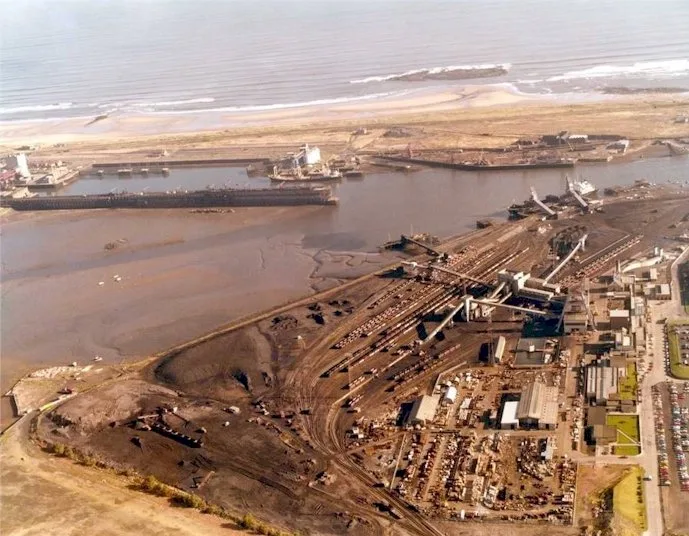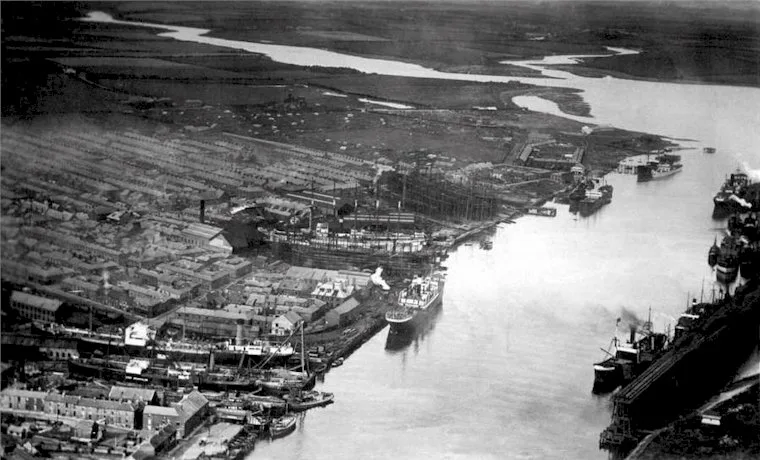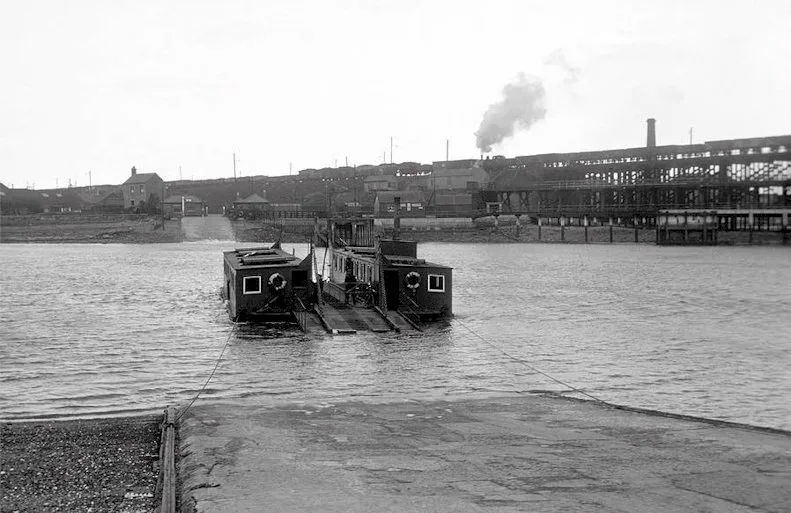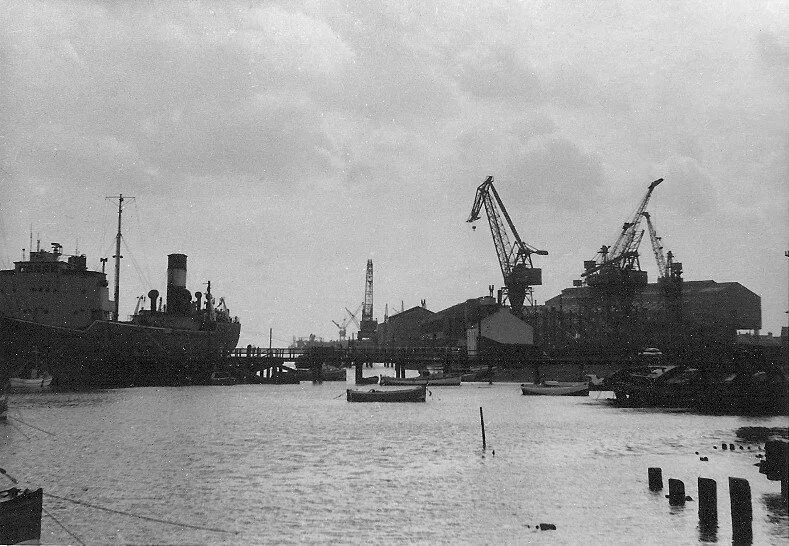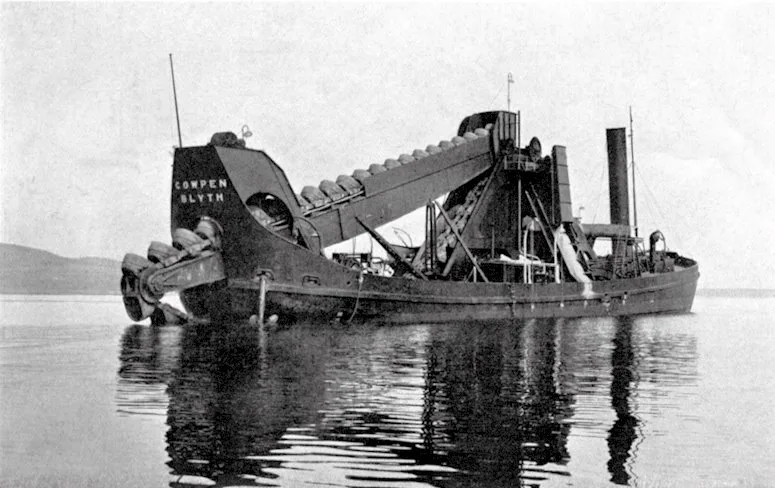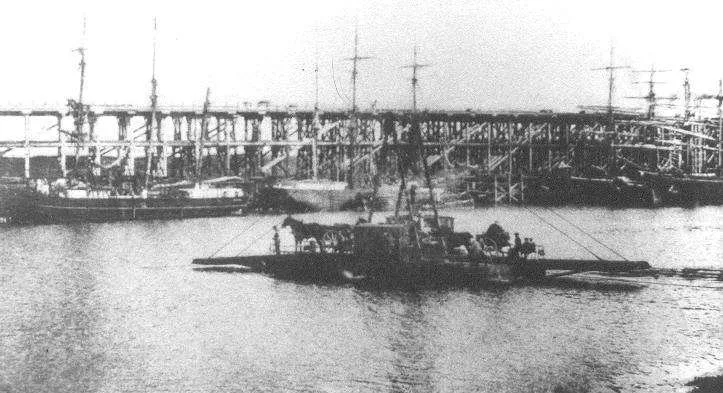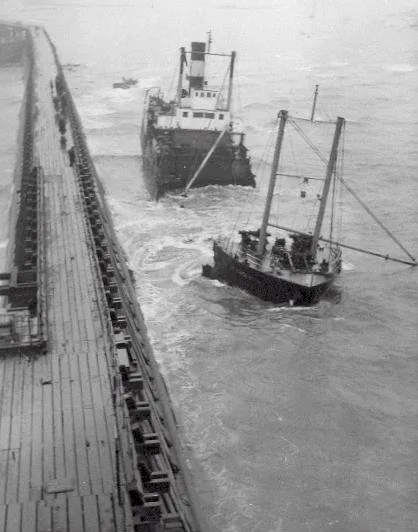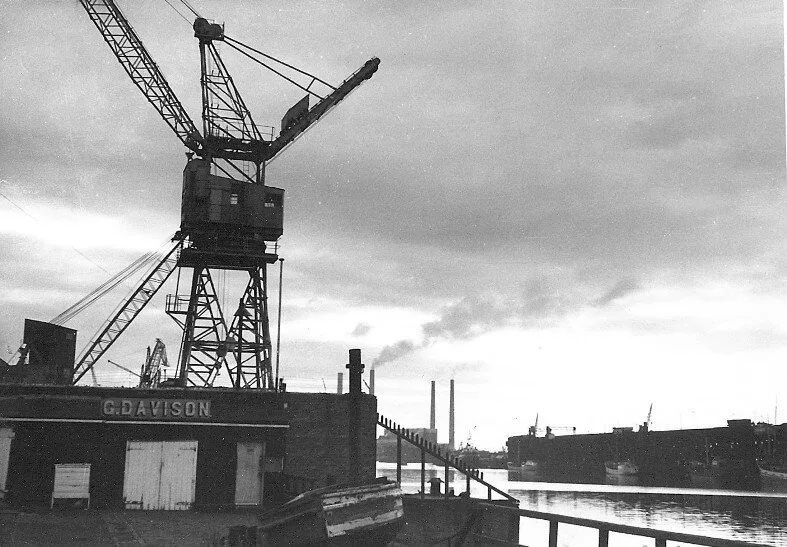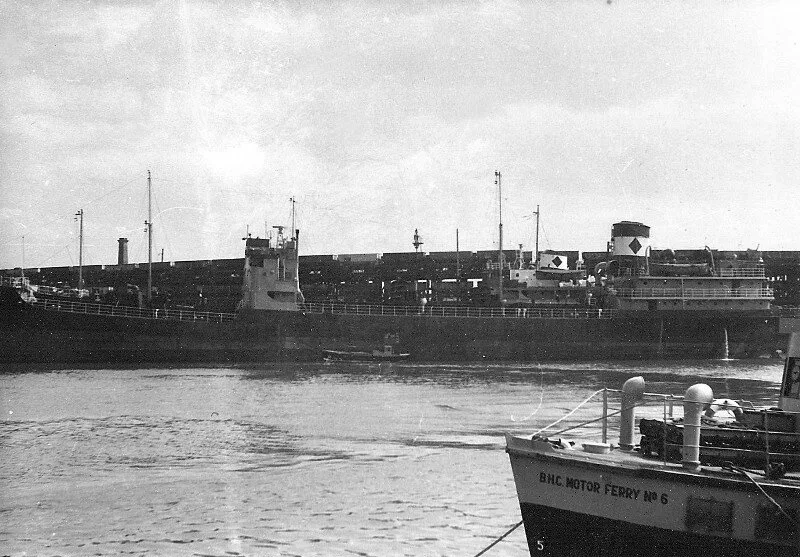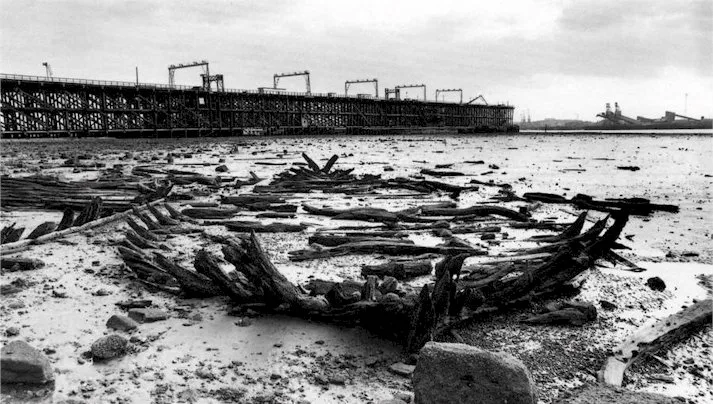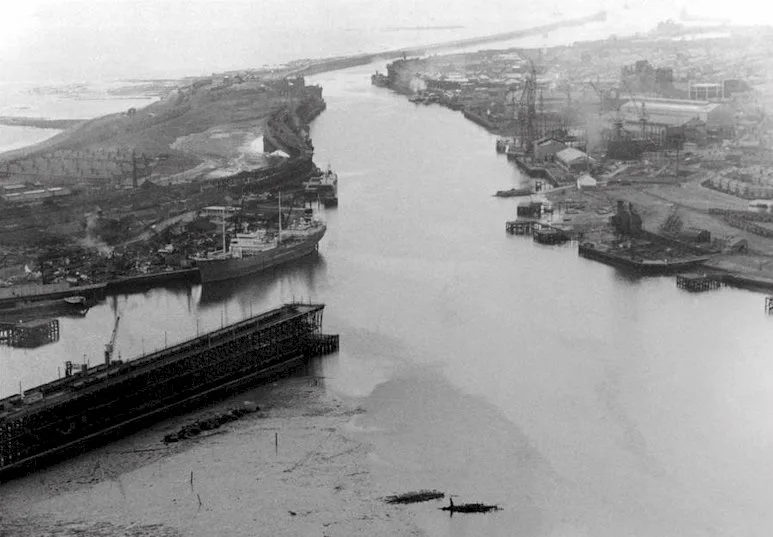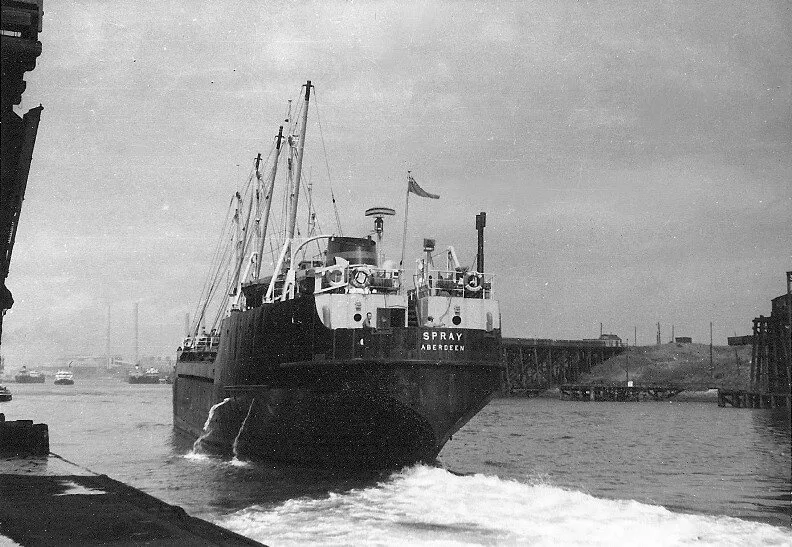The modern Port of Blyth has more humble origins with the first recorded reference being in 1138 when the monks of Newminster Abbey near Morpeth exported salt from the pans on the north side of the River Blyth. This was encouraged by the convenient supply of local coal used in the evaporation of the brine.
The shipment of coal itself began during the 14th century and by the close of the 16th century coal mines were recorded at Cowpen and Bebside. During 1609 in the reign of James 1, a total of 21,571 tons of coal were shipped from Blyth, a significant quantity for the period, and this trade steadily replaced the shipment of salt which was in decline during the late 16th and early 17th century.
The oldest remaining chart of the harbour is from 1682 which in particular highlights the first “major” commercial quay, Blyth Quay, more commonly described as “Bishop’s Quay”. During this period the river was not deep enough for most vessels to load full cargoes, so loading was often undertaken from boats known as “keels”, a type closely linked with the history of Northumberland.
